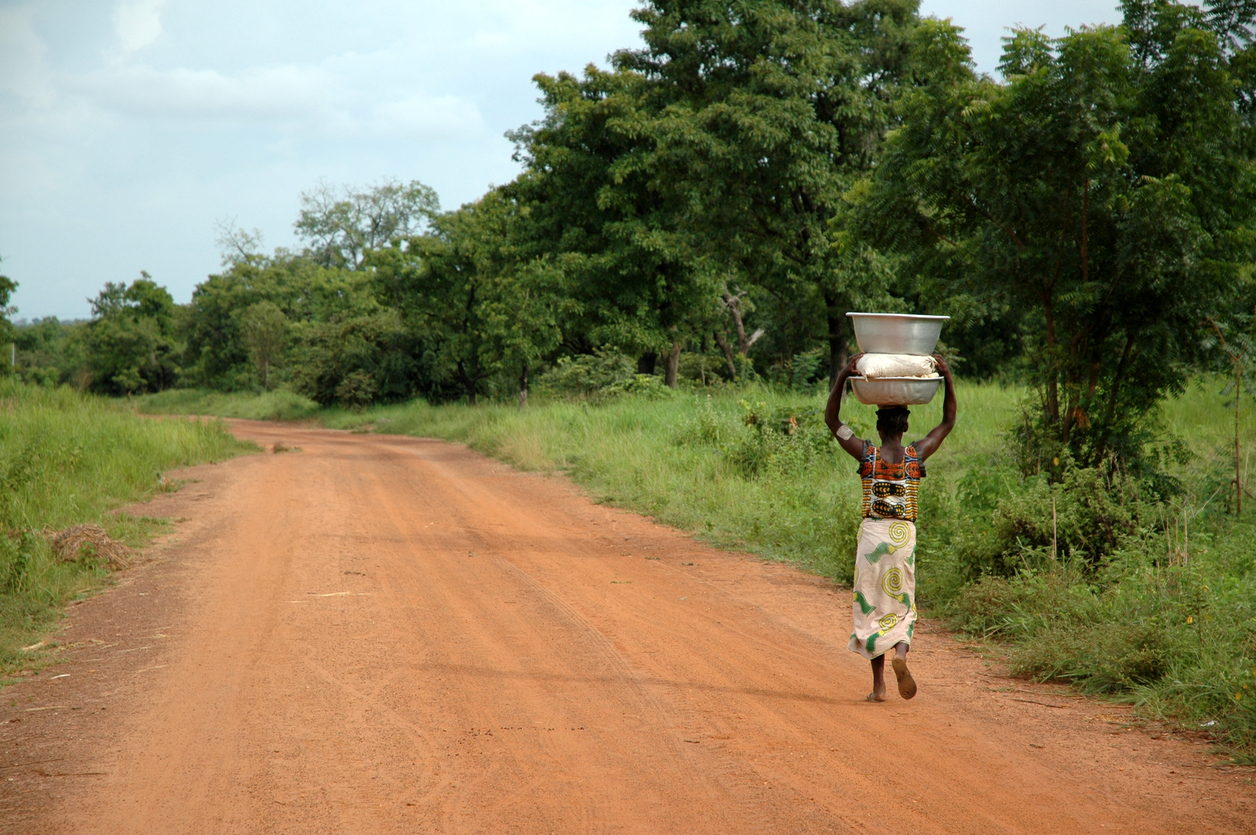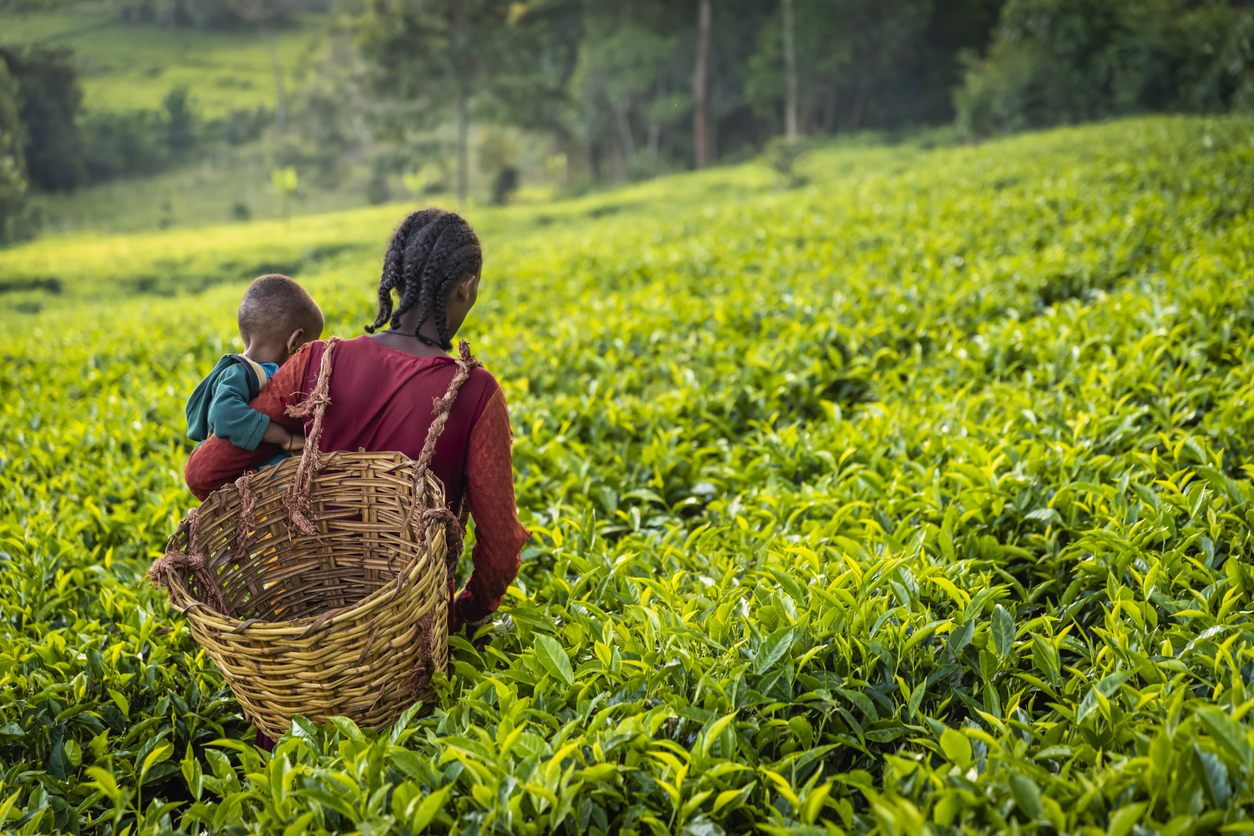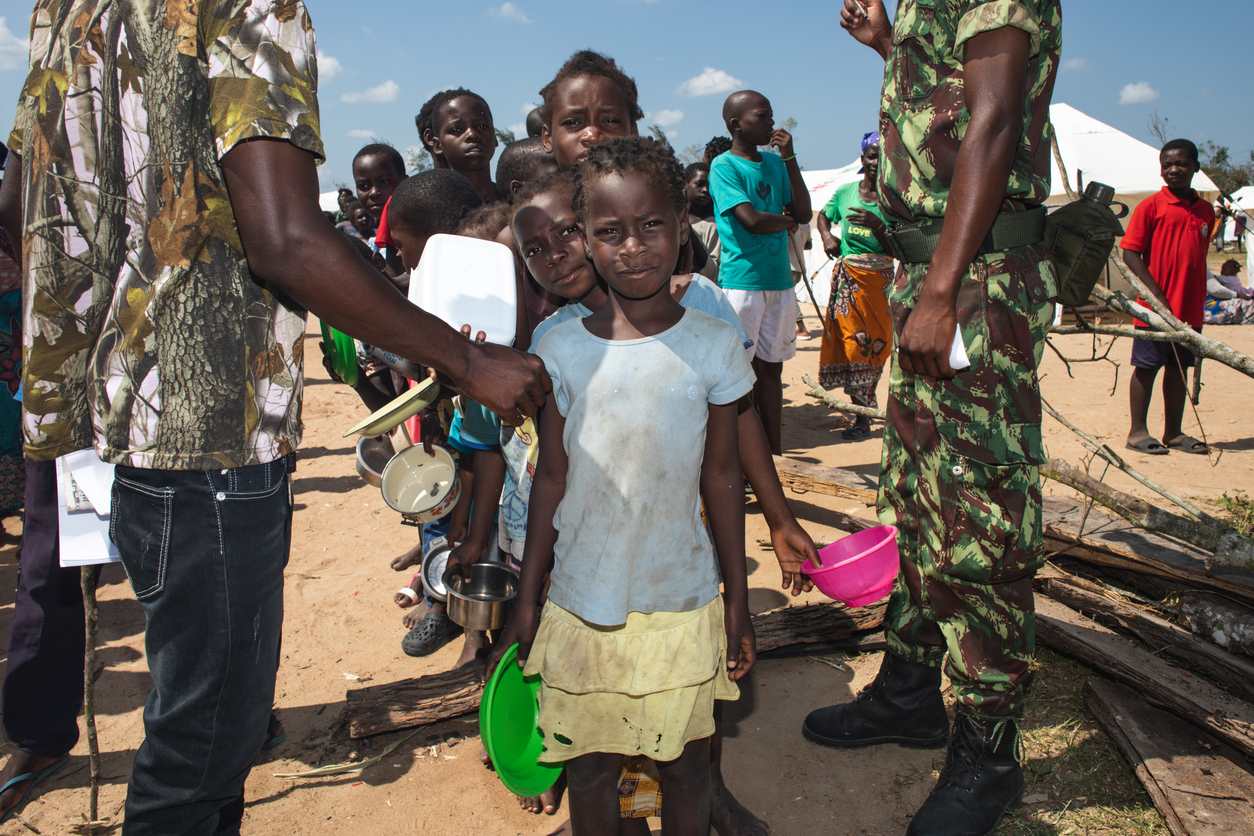Four Ways that Climate Change Impacts Girls’ Education in Africa
On International Education Day, Dr. Christina Kwauk and Dr. Liesbet Steer from the Education Commission examine the ways in which climate change impacts the education of adolescent girls in one of the world’s most climate-vulnerable regions, the African continent. Dr. Kwauk and Dr. Steer contributed the Education Chapter of the Global Center on Adaptation’s 2022 State and Trends in Adaptation Report, the most comprehensive overview of climate risks and adaptation solutions in Africa.
G
lobally, climate change threatens to disrupt the lives of 1 billion children and youth, impacting their health, protection and education.
For climate vulnerable countries in Africa with high levels of gender inequality, climate-related disruptions are likely to translate into the end of schooling for girls and their premature transition to adulthood.
The Malala Fund estimates that climate change will trigger the abrupt end to schooling for at least 12.5 million girls in 30 climate vulnerable countries every year. Twenty-two of these countries are in Africa.
What puts girls’ education at such risk? Gender inequality.
The following are four examples of how climate change exacerbates gender inequality in multiple ways that place girls and women on the frontlines:
1. In many climate vulnerable countries across Africa, the responsibility for securing natural resources for household domestic use falls on women and adolescent girls.

In times of drought, girls and women spend more time walking long distances and waiting for long periods of time to collect water, which exposes them to greater risk of sexual violence while also causing girls to miss school or to show up too tired to learn.
In contexts where sending girls to school is already fraught with challenges because of gender norms, poor academic performance by girls is likely to reinforce caregiver hesitations about allowing girls to return to school, leading to a higher likelihood of withdrawing girls from school.
2. Climate shocks often force girls in vulnerable households to drop out of school or get married.

For households that are dependent on climate-sensitive sectors like agriculture, climate shocks quickly translate into household economic shocks.
In households without access to credit facilities, caregivers may be forced to engage negative coping responses that are often informed by harmful gender practices, like withdrawing girls from school to engage in income-generating activities or to be married off in exchange for bride price.
Without an education or when schooling is disrupted, girls are at heightened risk of child marriage, and of engaging in transactional sex for food and basic necessities. Such circumstances put them at increased risk of HIV infection—something that has already been observed in climate-impacted Malawi and Lesotho and/or at increased risk of early pregnancy. Both outcomes further impair their climate resilience and adaptive capacity, spilling over into community and intergenerational effects as well.
3. When drought or flooding affects the availability of water at school, menstruating learners (and teachers) are likely to miss school as a result.

Climate-related disruptions to school directly affect all learners but are more acutely felt by girls. When climate disasters make water unavailable at school, and there is no water for drinking and handwashing, this affects all learners. But menstruating students (and teachers) can be expected to miss school as a result.
4. The longer girls stay out of school on account of climate disasters such as flooding and hurricanes, the less likely they are to return.

When schools are closed because buildings are destroyed by high winds, the road to school is flooded, or the school is being used as a temporary shelter or humanitarian supplies center, all learners are kept from learning. But the longer girls stay out of school or the longer the period of uncertainty of when schools will reopen, the less likely girls are to return.
The impact of climate change on girls’ education is significant, and investing in girls’ education also has a positive impact on climate adaptation outcomes.
First, higher levels of education, especially secondary education for girls, are associated with higher levels of adaptive capacity at the country level. Such a correlation reinforces the urgent need to ensure girls have access to 12 years of quality and empowering education that builds a breadth of green skills for green jobs for climate adaptation.
Second, girls’ education contributes to the reduction of gender inequalities and addresses development gaps that put girls and women at heightened climate risk in the first place. Among these development gaps are the opportunity for girls to build critical leadership skills and leadership opportunities – building blocks to their later social inclusion and political empowerment as women.
While climate change threatens girls’ education in Africa, greater investment in girls’ education can be a powerful climate adaptation solution.
For more information on how education affects girls’ education in Africa, read the Education chapter of the Global Center on Adaptation’s 2022 State and Trends in Adaptation Report and the Gender and Youth chapters of the 2021 State and Trends in Adaptation Report.